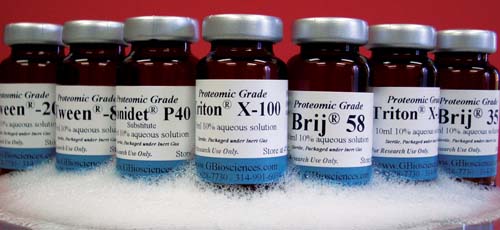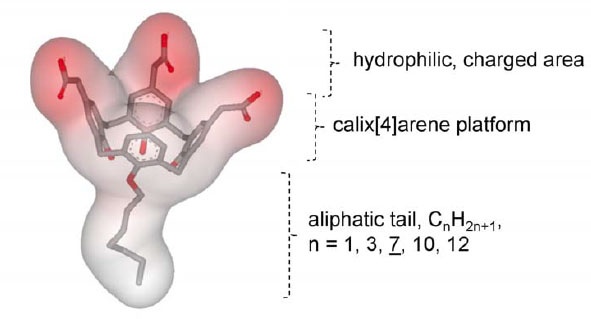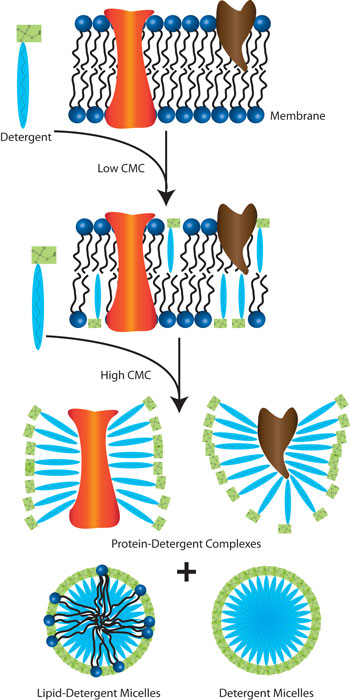While detergents play a vital role in separating proteins from the hydrophobic portions of the cell membrane during extraction and sample preparation, they need to be removed after successfully serving their purpose to prevent them from interfering with downstream applications (e.g., IEF, ELISA, protease digestion of proteins).
Best Ways to Remove Detergents in Protein Samples
Topics: Detergents
Detergent Screening For Membrane Protein Extraction: What To Choose?
With the advancement of biochemical tools, studies on membrane proteins have grown substantially. Since membrane proteins are difficult to extract and purify, it requires optimization and an orchestrated execution. As described in our basics of membrane protein isolation blog, surface active agents are crucial for the manipulation of membrane proteins. The amphiphillic properties of these components promote the interaction of the membrane proteins, which are wrapped around by hydrophobic lipid bilayer in their native state, to become water soluble. Nonetheless, the solubility cannot be extrapolated into stability and restoration of the native functional structure; therefore, it is not necessary that a detergent (surfactant or a surface-active agent) can yield a suitable stable membrane protein fraction despite good extraction. Also, a detergent that has shown good results previously with a particular membrane protein might not work well with other membrane proteins. In the absence of gold standards or thumb rules for membrane protein extraction, it becomes imperative to understand the physiochemical characteristics of different detergents before extracting the proteins for example, the charge and degree of hydrophobicity of a specific detergent can allow a prediction of its behavior in a solution and interaction with the protein of choice.
Topics: Protein Purification, Detergents, Protein Extraction
Proteins are the building blocks of cells and are the most abundant and diverse biomolecules. Proteins are literally responsible for almost all the functional aspect of a cell, from making the cellular membrane to catalyzing a biological reaction. As per the database, approximately 20-30% of the total encoded proteins have integral membrane proteins while 10-20% portion comprises membrane-associated proteins. This diverse group of proteins includes signal transducers, transporters, membrane channels, and cell surface receptors. This specialized group of proteins has become a target for therapeutic drug development in the past few decades. However, due to the unavailability of complete structural details of these proteins, targeting is a little difficult and that makes drug designing trickier than expected. The right approach is to design polished methods that can help the extraction of membrane proteins and their analysis.
Topics: Protein Purification, Detergents, Protein Extraction
Proteomic Grade Detergents: Why you should use them
Detergents play an extremely critical role in cell lysis and protein extraction. With their unique amphipathic nature (they possess a polar head group on one end that interacts with the hydrogen bonds of water molecules and a long hydrophobic carbon tail which aggregate to form micelles on the other end), this class of molecules can easily disrupt the hydrophobic-hydrophilic interactions between biological molecules in aqueous solutions.
Topics: Detergents







